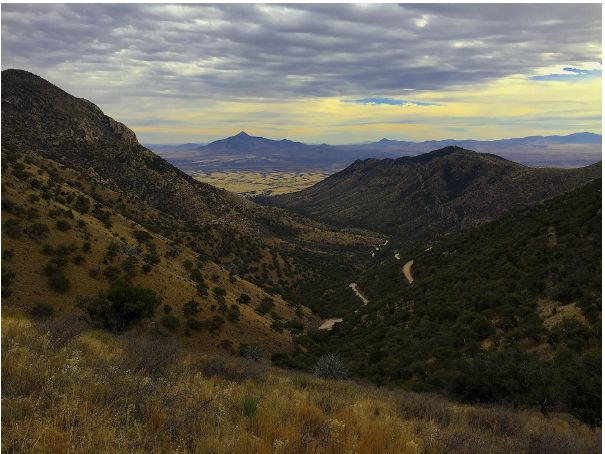Authors Aslan, Samberg, and Dickson, and Gray review the ecological and social science literature to examine drivers of altered fire dynamics in arid and semi-arid systems worldwide and the conditions representing fire dynamics thresholds.

Authors Aslan, Samberg, and Dickson, and Gray review the ecological and social science literature to examine drivers of altered fire dynamics in arid and semi-arid systems worldwide and the conditions representing fire dynamics thresholds—points at which altered conditions may make it difficult or impossible to achieve management objectives, even via traditional adaptive management focusing on alternative management activities to achieve objectives. Such thresholds could force a wholesale shift in management objectives and practices and a new approach to adaptive management that redefines objectives when no viable adaptive action can be undertaken.
[The paper can be downloaded here.]
